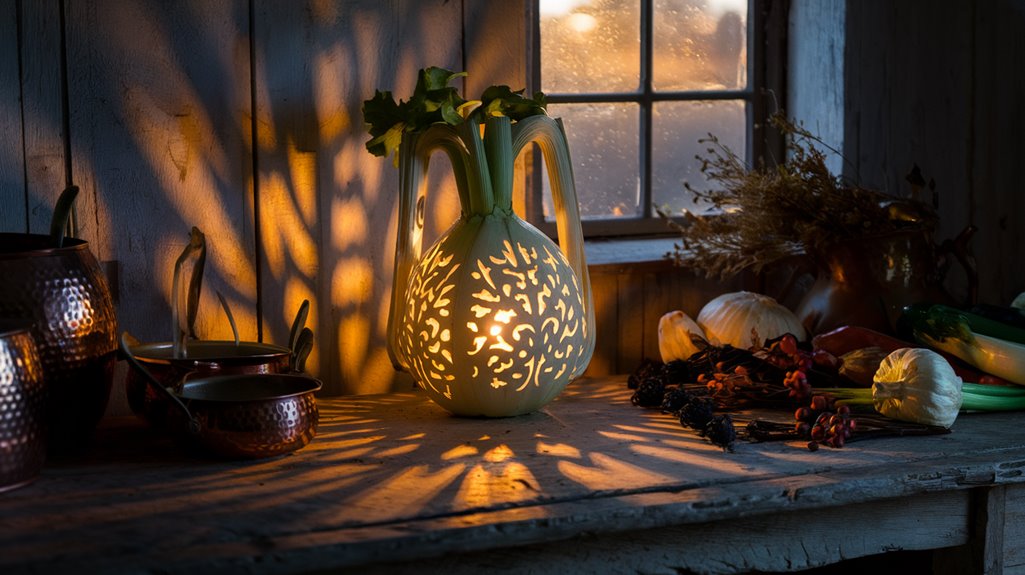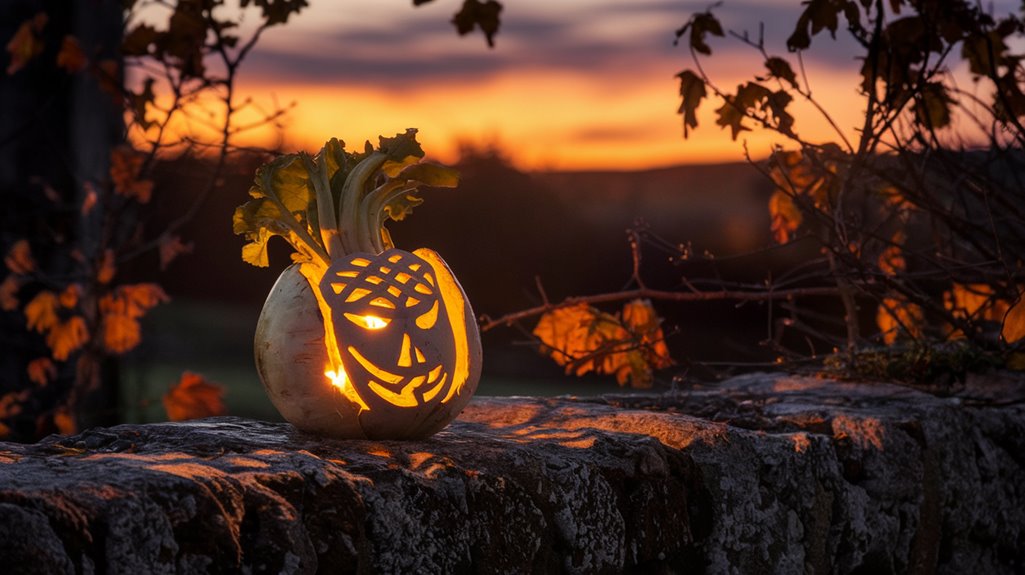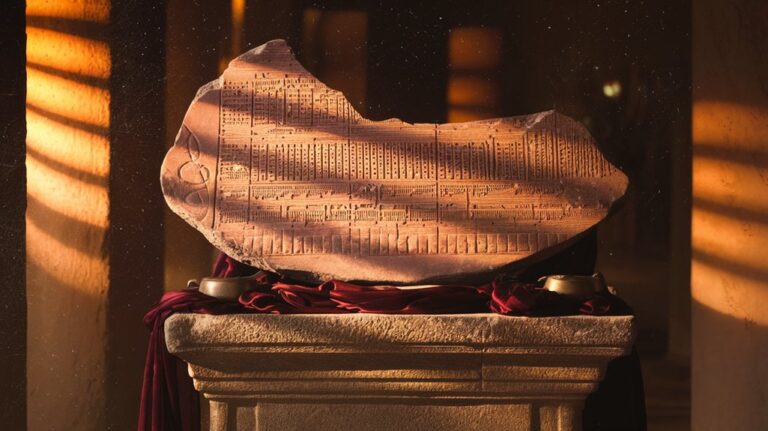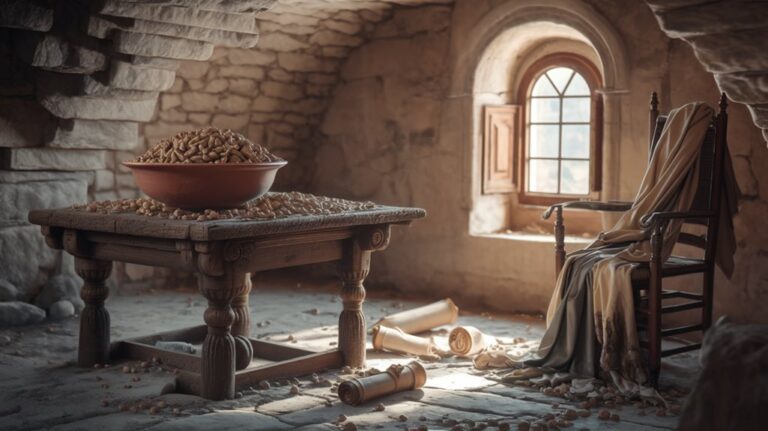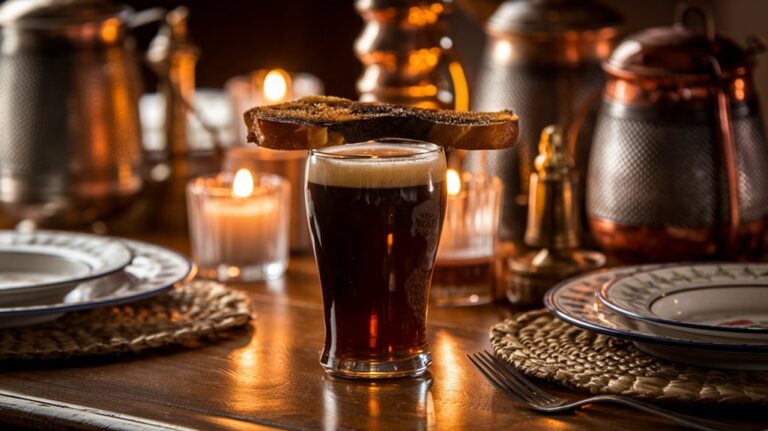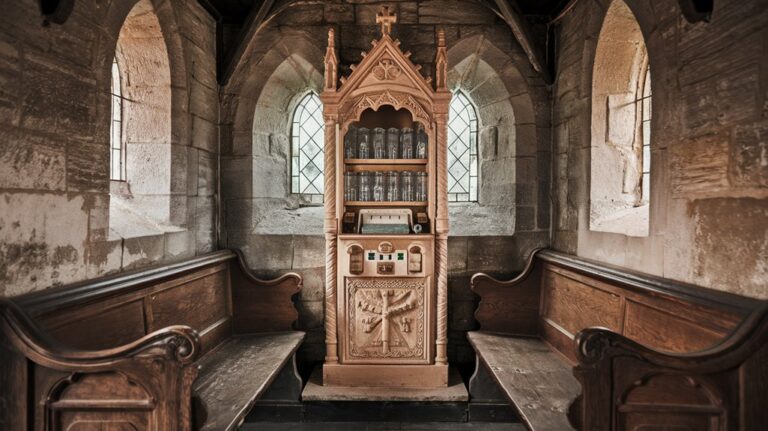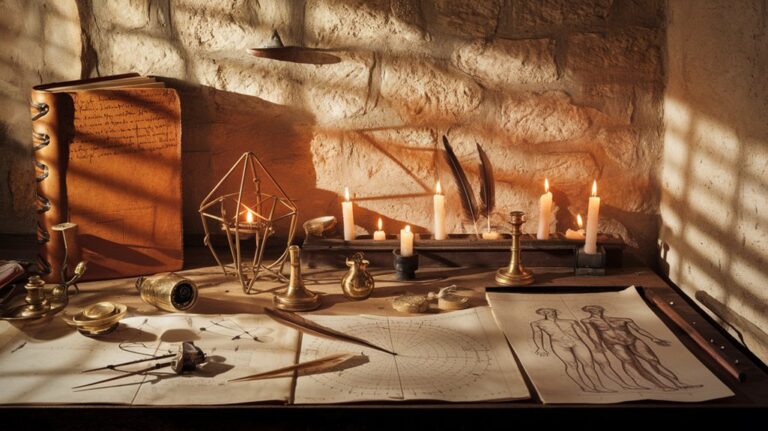The Jack-O’-Lantern Tradition Came From an Irish Tale
You've probably carved a pumpkin for Halloween, but you might not know you're participating in a centuries-old Irish tradition born from a peculiar tale. The story of Stingy Jack, a crafty soul who dared to trick the devil himself, explains why millions of people hollow out pumpkins each October. While today's jack-o'-lanterns grin from porches across America, the original practice involved something quite different – and far more difficult to carve.
The Legend of Stingy Jack and His Fateful Deal
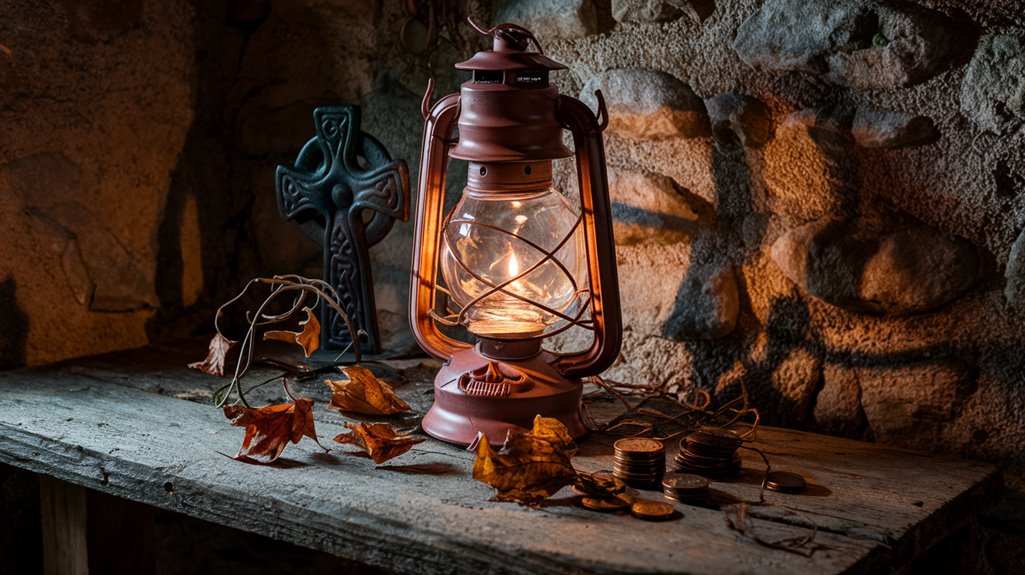
While many Halloween traditions have evolved over centuries, the origin of the Jack-o'-lantern can be traced to a specific Irish folk tale about a crafty character known as Stingy Jack.
Irish villagers originally carved spooky faces in turnips before pumpkins became the popular choice in America. You might be surprised to learn that Jack's cunning led him to outsmart the devil not once, but three times. He first tricked Satan into turning into a coin to pay for drinks, then trapped him in an apple tree marked with crosses. The villagers knew him as a poor, dirty man who spent much of his time at the local pub.
The devil promised not to bother Jack for ten years, but Jack died before the deadline. His trickery came at a price – heaven wouldn't accept his soul due to his unsavory life, and the devil, keeping his word, wouldn't claim him either.
Now, you'll find Jack in eternal wandering between worlds, carrying only a coal-lit turnip to light his way through darkness.
From Turnips to Pumpkins: A Cultural Journey
Though many associate jack-o'-lanterns exclusively with pumpkins today, the tradition actually began with humble turnips in Ireland and Scotland. You'll find that these early practitioners carved faces into turnips, mangelwurzels, and even potatoes to ward off evil spirits during Samhain celebrations. The legend tells of how Stingy Jack carried a burning coal inside a carved turnip to light his eternal path.
The cultural significance of vegetable carving transformed when Irish immigrants arrived in North America during the 1840s. Finding pumpkins more abundant and easier to carve than turnips, they adapted their ancestral practice. This tradition gained widespread recognition when the term jack-o'-lantern first appeared in Harpers Weekly on November 23, 1867. By 1886, the first Halloween-related pumpkin jack-o'-lantern appeared in a Canadian newspaper.
While pumpkins now dominate Halloween celebrations worldwide, you can still find people carving turnips in Scotland and Ireland, keeping their ancient traditions alive.
Each carved vegetable, whether turnip or pumpkin, continues to serve its original purpose: protecting homes from wandering spirits.
Ancient Celtic Roots and Samhain Connection
Before jack-o'-lanterns illuminated Halloween nights, they played an essential role in the ancient Celtic festival of Samhain.
During this celebration, villagers would embark on house-to-house visits seeking food and drink as part of the festivities.
During this harvest celebration, you'd find Celtic symbolism deeply embedded in the practice of carving lanterns from root vegetables, which served both practical and spiritual purposes.
The Samhain rituals reflected the Celts' belief that the veil between worlds thinned during this time.
You might be surprised to learn that these early lanterns weren't meant to be scary – they were actually used to transport embers from sacred bonfires.
Since metal lanterns were too expensive, people carved turnips instead. In fact, the Irish carved hollowed-out turnips to create their lanterns before pumpkins became the popular choice.
The Celts' reverence for the human head as the soul's vessel influenced their lantern-carving traditions, which later merged with the legend of Stingy Jack and his cursed wandering.
Warding Off Evil Spirits: The Purpose Behind the Practice
Since ancient times, jack-o'-lanterns have served as spiritual guardians against malevolent forces. You'll find their protective rituals deeply rooted in the tale of Stingy Jack, a crafty drunkard who bargained with Satan and was condemned to wander eternally between worlds.
This spiritual symbolism led people to carve frightening faces into turnips, and later pumpkins, placing them near their homes to ward off evil spirits. When Irish immigrants arrived in America, they discovered that native pumpkins were much easier to carve than turnips. The earliest documented use of carved pumpkins as jack-o'-lanterns appeared in 1837 publications.
You mightn't realize that these carved lanterns were particularly believed to protect against vampires and lost souls. The light emanating from within would help identify supernatural threats while keeping them at bay.
While today's practice has evolved into a festive Halloween tradition, the original purpose remains embedded in its history: safeguarding homes and communities from wandering spirits and otherworldly entities.
Historical Documentation in Irish Publications
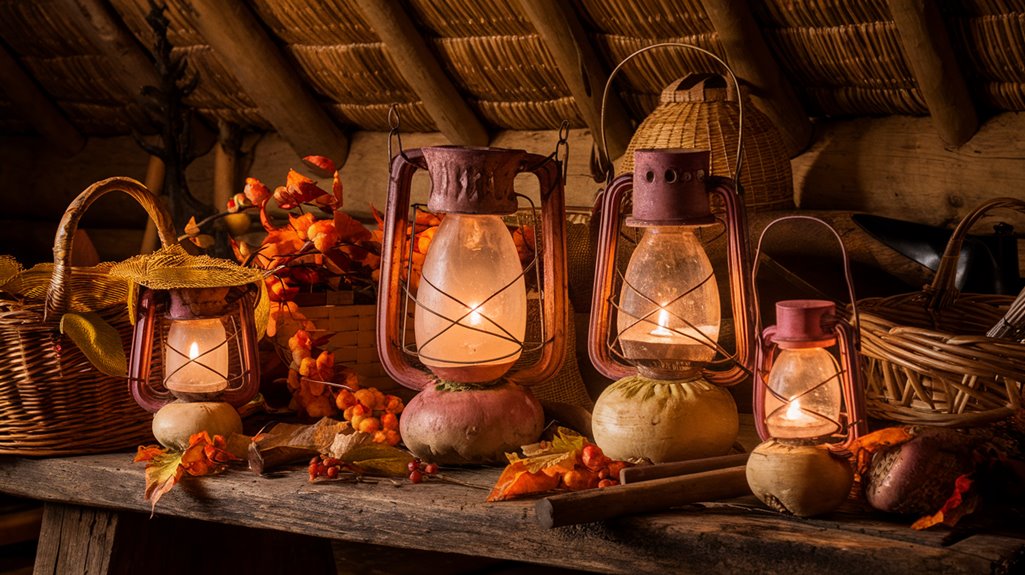
When Irish publications first documented the jack-o'-lantern tradition, they primarily focused on folklore rather than the carving practices that are recognized today.
You'll find early references in publications like the Dublin Penny Journal (1836), which shared stories of Irish folklore without mentioning lantern carving specifically.
The tale centered around Stingy Jack's trickery of the Devil, becoming a cautionary story passed down through generations. The original practice involved carving frightening faces in turnips to ward off evil spirits.
Key historical documents reveal the evolution of this tradition:
- The Limerick Chronicle (1837) provided one of the earliest mentions of lantern carving through a pub competition.
- Irish immigrants adapted their turnip-carving customs to pumpkins after moving to America in the 1840s.
- The practice spread through cultural migrations, with the first Halloween-related pumpkin jack-o'-lantern appearing in an 1886 Canadian newspaper.
These publications help trace how the tradition transformed from simple Irish folklore into the elaborate lantern carving celebration that we're aware of today.
Modern Jack-O'-Lantern Traditions Around the World
Today's jack-o'-lantern traditions have evolved far beyond their humble Irish origins, incorporating modern technology and global artistic innovations. Originally carved from turnips and mangels, these lanterns were believed to ward off evil spirits in Britain and Ireland.
Pumpkin carving offers an engaging activity that brings families together through its accessible and creative nature. You'll find carving techniques have advanced considerably, with artists creating intricate sculptures from pumpkins weighing up to 2,000 pounds. While the Connecticut field pumpkin remains the most popular choice, you can now choose from over 45 varieties for your creation.
Global variations of this tradition showcase remarkable adaptations. You'll see LED lights replacing traditional candles, and virtual carving apps enabling worldwide design sharing.
Communities have embraced large-scale celebrations, with Keene, New Hampshire, holding the record for most lit jack-o'-lanterns at 30,581.

